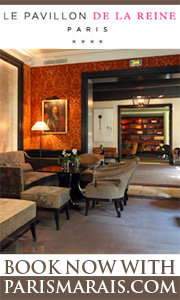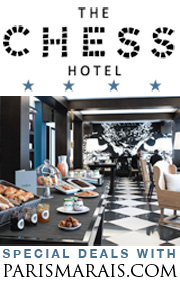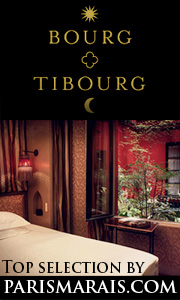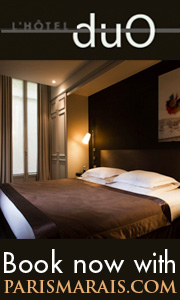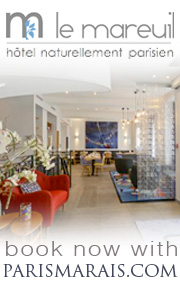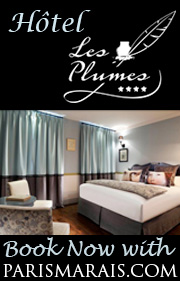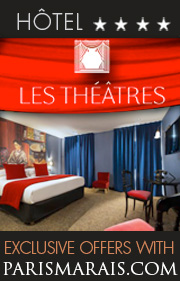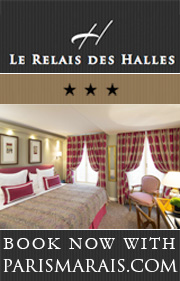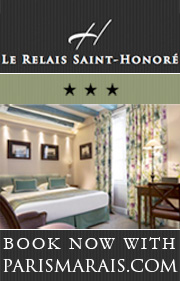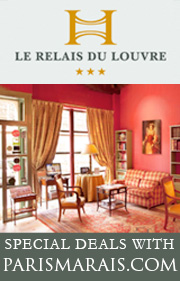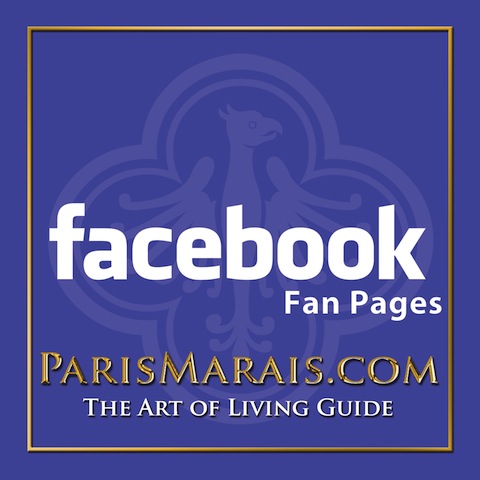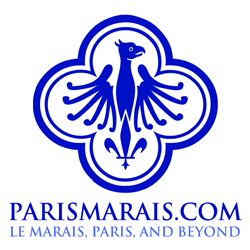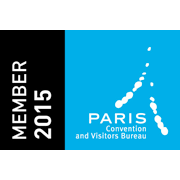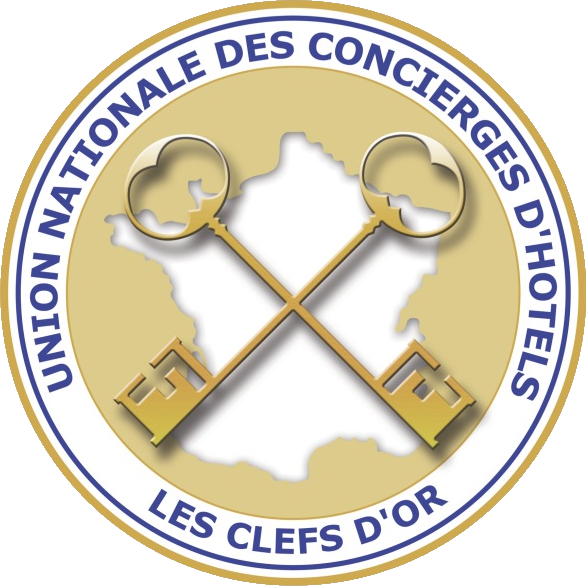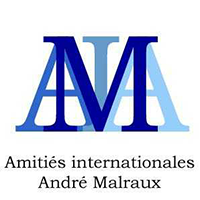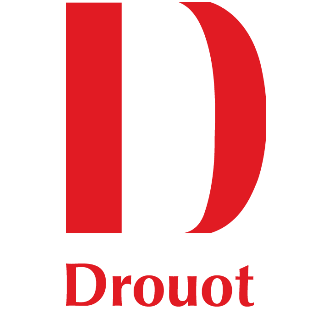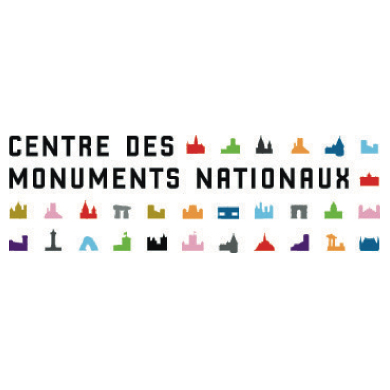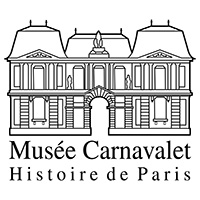|
PARISMARAIS NEWSLETTER, ISSUE N°150, 10 AUGUST 2015 |
|||||||||||||||||||||||||
 |
|||||||||||||||||||||||||
 |
|||||||||||||||||||||||||
Welcome to the City hall… |
|||||||||||||||||||||||||
Meeting with Christophe Girard,
|
|||||||||||||||||||||||||
|
Bonjour from Le Marais Previously the Deputy for Culture to Bertrand Delanoë (former Mayor of Paris), Christophe Girard was the initiator of the cultural revival in Paris, creating hugely popular annual events such as the Nuit Blanche, to name but one. Christophe Girard was elected mayor of the 4th district in July 2012, and was re-elected in the local elections of March 2014. 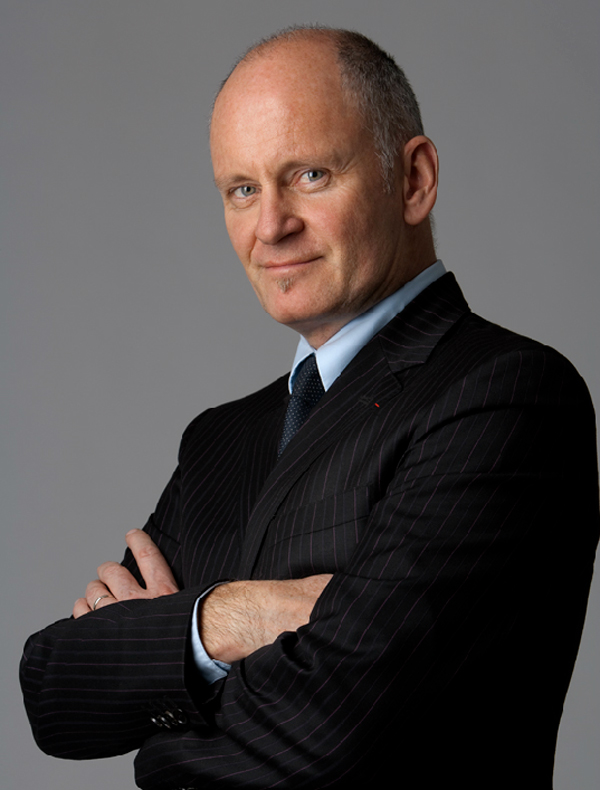
When we arrived for the interview he welcomed us warmly in his light-drenched office, walls beautifully decorated with photos and drawings, contemporary and African art objects sharing the space with tasteful furniture. A welcoming room, decorated with style, a place where we felt relaxed and immediately comfortable. Our first conversations were about the cultural innovations he made as deputy minister for culture whilst at Paris City Hall under the mandate of the previous mayor, Bertrand Delanoë, asking specifically about the Gaité Lyrique, a multi-purpose venue located in the Marais. Together they relaunched the old theatre into a modern, innovative centre which, since its opening, has become a benchmark of "trendiness". Christophe Girard: The refurbishment of the Gaité Lyrique was very special to Bertrand Delanoë. Between 1980-90, this former theatre was renovated into a Magic Planet amusement park, very popular at the time with the advent of Disneyland etc. The theatre was renovated at great cost, but was alas, a huge flop; Magic Planet was open just ten days before being permanently closed down. Fortunately the building was preserved but it was not maintained. There were two projects, the first one by Jean Tiberi, the mayor at the time, who wanted to turn the refurbished theatre into a concert hall. The second project was that of Bertrand Delanoë whose planning was more futuristic with the arrival of digital technology in areas such as communication, the economy and creativite, he wanted to create the first venue solely dedicated to the digital era in Paris. As cultural assistant to Bertrand Delanoë, which I was at the time, I made sure that the revamped Gaité Lyrique took pride of place in the centre of Paris. He can be proud of this project because today the Gaité Lyrique has become a key hot spot: exhibitions, concerts, conferences, performances, fashion shows, the Gaité Lyrique quickly found its place in Parisian culture and it is always very busy. A well-known rapper told me there is little doubt that it is definitely the place to be as all groups and artists want to perform there due the exceptional acoustic quality within the building. 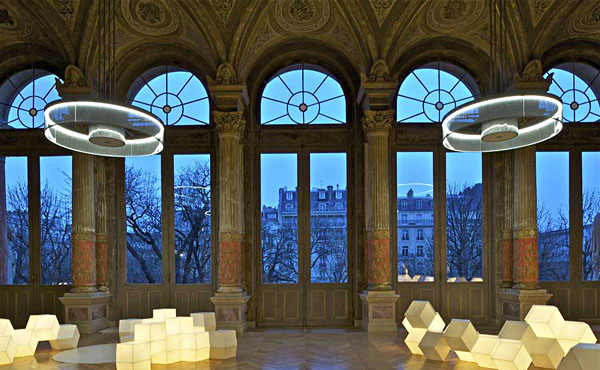
Christophe Girard: Today Anne Hidalgo, Bruno Julliard, and the first deputy in charge of culture mark a new start for the Gaité Lyrique. They want to review attendance and perhaps its target audience, but they should be reviewed in a way that I find constructive. We have to be mindful of trendy places because trends do not last, and the digital world itself is constantly changing, it reinvents every few months. The Gaité was quickly adored by local residents because it caused no intrusion in their lives. This is something to be proud of because the Marais is restricted in architectural style and space; streets and public places are small and narrow. Christophe Girard crusades against noise pollution but also against modern large cars that have no place in this neighborhood. Increasingly popular, the Marais has twenty million visitors a year, with Notre Dame, which alone enjoys 10 million visitors, the Ile Saint Louis, the Centre Pompidou and Place des Vosges among the most visited sites in the 4th district! This colossal figure will continue to increase in the coming years. How do we combine the daily life of the neighborhood and its inhabitants with the people who come to work with more visitors? 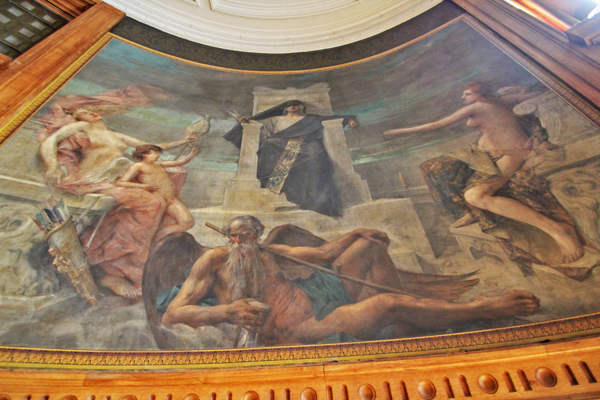
Christophe Girard: I am a Mayor by day and by night. By day for those who come here to work, and by night for those who live here. This adds up to 70,000 inhabitants for the 3rd and 4th arrondissements, rising to 300,000 in the day as workers commute to its centre so we are used to having a stream of visitors with the Pompidou Centre, one of the most visited museums in the world, the 2nd most popular contemporary art venue after the MOMA in New York. The reopening of the Picasso Museum has increased traffic into the Marais, but that comes as no surprise. We are in an historic area with extraordinary mansions such as the Hotel de Beauvais, now the Administrative Court where Mozart played when he was in residence. It is said that Louis XIV has his first love affair here with the Borgnesse Cateau, the nickname of Catherine Belier, lady in waiting of the Queen of France. We then asked about the cultural projects planned for the area, those that are close to his heart. Between the European House of Photography, the Cité Internationale des Arts, Hotel de Lauzun for international researchers in humanities and social sciences, the home of Victor Hugo, the Théâtre de la Ville, the Pompidou Centre, the Arthur Rimbaud library in the town hall, etc., this area is incredibly culturally rich. He then had the idea of a "common house" with a living cultural center. So you can always find several musical groups, the heart of Notre Dame de Paris, Orchestre Lamoureux, and the Compagnie Sans Père at the town hall of the 4th district, as they are now in residence. 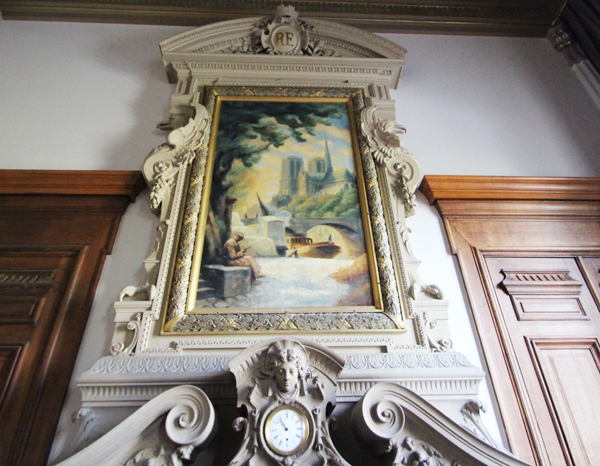
The Mayor provides the village hall for rehearsals, in return, residents, students and neighbors can attend rehearsals at certain times. The Mayor rents rooms to young fashion designers at low cost for fashion shows to be held in the heart of Paris. A room of the ground floor has been converted into a showroom and will soon house the famous "Crazy" sculptures by Makhi Xenakis. He even planted a little orchard in the yard where all generations and walks of life can be found: students of local schools, Sophie Germain and Charlemagne rub shoulders with neighbourhood grannies who come to read quietly under the trees. The orchard is open to all, and homeless people often wander in because they know they will be welcomed and respected by the Mayor, and are offered coffee and water and use of the toilets. Christophe Girard hopes to create a unity amongst and with the people. Park benches have been placed on the town hall square since many visitors will need to take breaks. His wish is to make a sort of town hall at the American Civic Center where locals and visitors take ownership of the place. After culture, we ask about the many luxury shops recently installed, including those at the top of the rue des Archives, which has angered many residents. Christophe Girard answers us with clarity and openness because it is a subject that concerns him the most. Christophe Girard: How do you manage in a market economy when a trader decides to sell his business for all kinds of reasons? Agora, the old press house, sold for €1.5m goodwill to a clothing brand, without informing the Mayor. SEMAEST - the Mixed Economy Company of the Eastern Paris - is an organization which is responsible for maintaining diversity in neighborhoods but unfortunately the 4th district does not come under its jurisdiction. I strongly suggest that the reach of SEMAEST extend to the 4th arrondissement. The Mayor unfortunately can not spend a million Euros to buy a business when it is for sale. In my opinion the market will regulate itself, just like at the Forum des Halles. When it opened in the early 80s, big luxury brands were present but they gradually moved out. 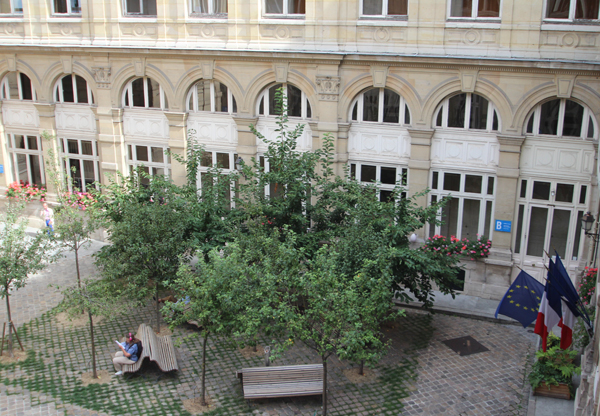
Christophe Girard also wants to encourage the establishment of community gardens, sports facilities, small shops, markets. He led several fairly ambitious projects: large floating market and a floating vegetable garden on the Seine, made possible by the closure of river banks. The involvement of the inhabitants seems essential to its success, since the days of huge projects are over. He does not have that much funding as a local mayor but he has a place, and he wants to open the town hall and allow it to thrive to the fullest. 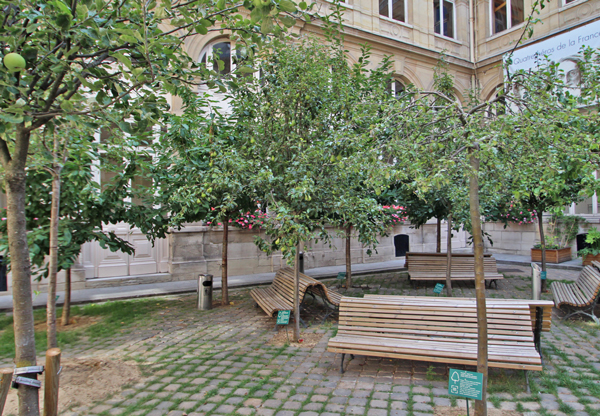
Finally, we ask him to share his three favourite places in the Marais. 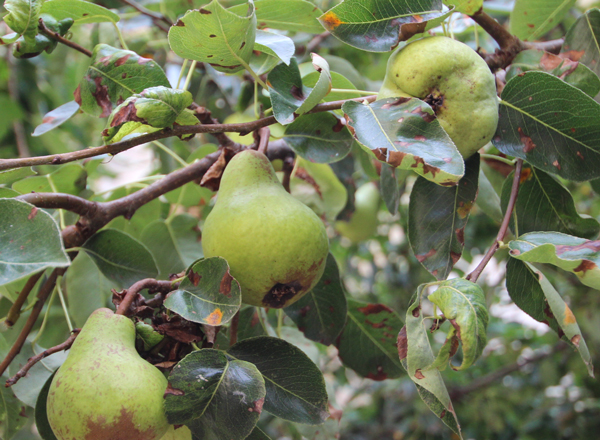
Interview by Maud Prangey and Pascal Fonquernie. Film by Alex Gelbert, English translation by Elisabeth Coldwell © parismarais.com 2015 © photo Michel Restany Découvrez l' interview complet en Français dans la rubrique : Personnalités du Marais The PARISMARAIS ® Team |
|||||||||||||||||||||||||
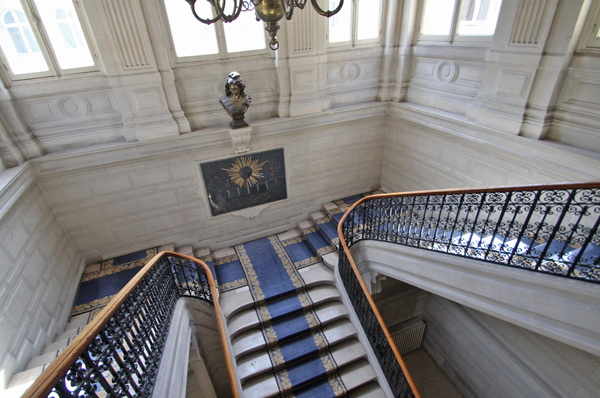 |
|||||||||||||||||||||||||
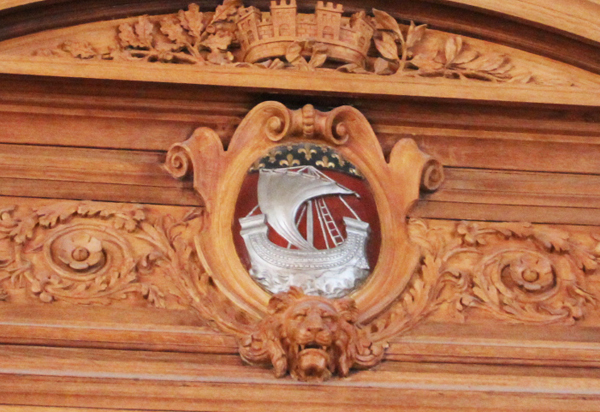 |
|||||||||||||||||||||||||
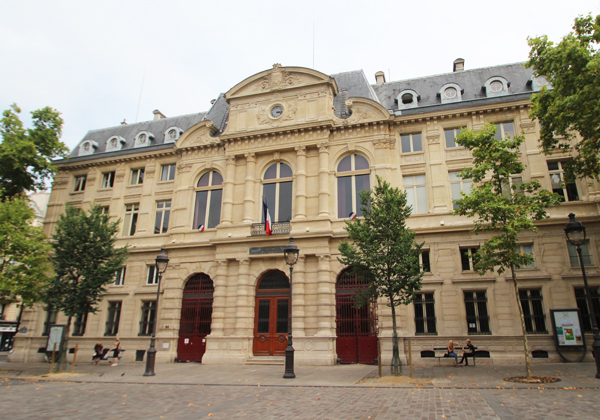 |
|||||||||||||||||||||||||
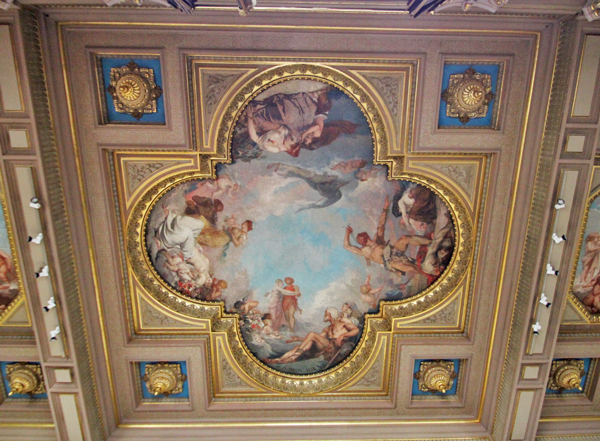 |
|||||||||||||||||||||||||
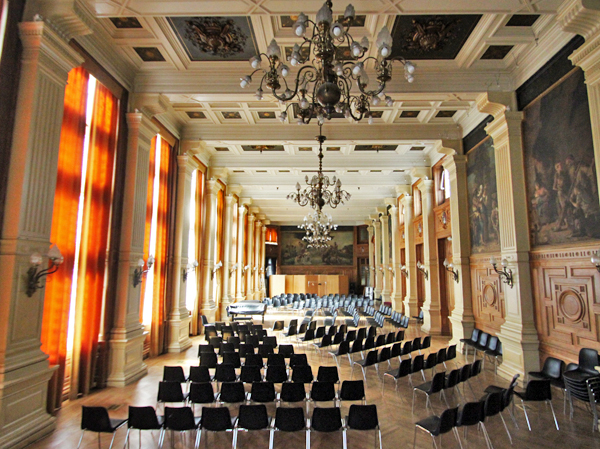 |
|||||||||||||||||||||||||
|
|
|||||||||||||||||||||||||
|
|||||||||||||||||||||||||
|
|
|||||||||||||||||||||||||
LE MARAIS MAP, DOWNLOAD FOR FREE ! |
|||||||||||||||||||||||||

To prepare your trip to Paris, you can download the exclusive PARISMARAIS MAP for free ! |
|||||||||||||||||||||||||
|
|
|||||||||||||||||||||||||
DON'T MISS OUR NEWSLETTER,
|
|||||||||||||||||||||||||
|
Parismarais Newsletter, issue N°150, 10 AUGUST 2015. |
|||||||||||||||||||||||||
|
|
|||||||||||||||||||||||||
|
Special thanks to our contributors and media partners all over the world. Should you wish to advertise with us recommend us as well as create profitable reciprocal links with us to your web site, please contact us. PARISMARAIS.COM ® is a Media Partner of the Paris Tourism Office, as well as correspondent of over 100 medias in the world. If you want to answer this email, please email us. |
|||||||||||||||||||||||||
|
|
|||||||||||||||||||||||||
|
|||||||||||||||||||||||||
|
|
|||||||||||||||||||||||||
|
Copyright © 2015 PARISMARAIS.COM, All rights reserved. |
|||||||||||||||||||||||||
|
|||||||||||||||||||||||||
|
|
|||||||||||||||||||||||||
